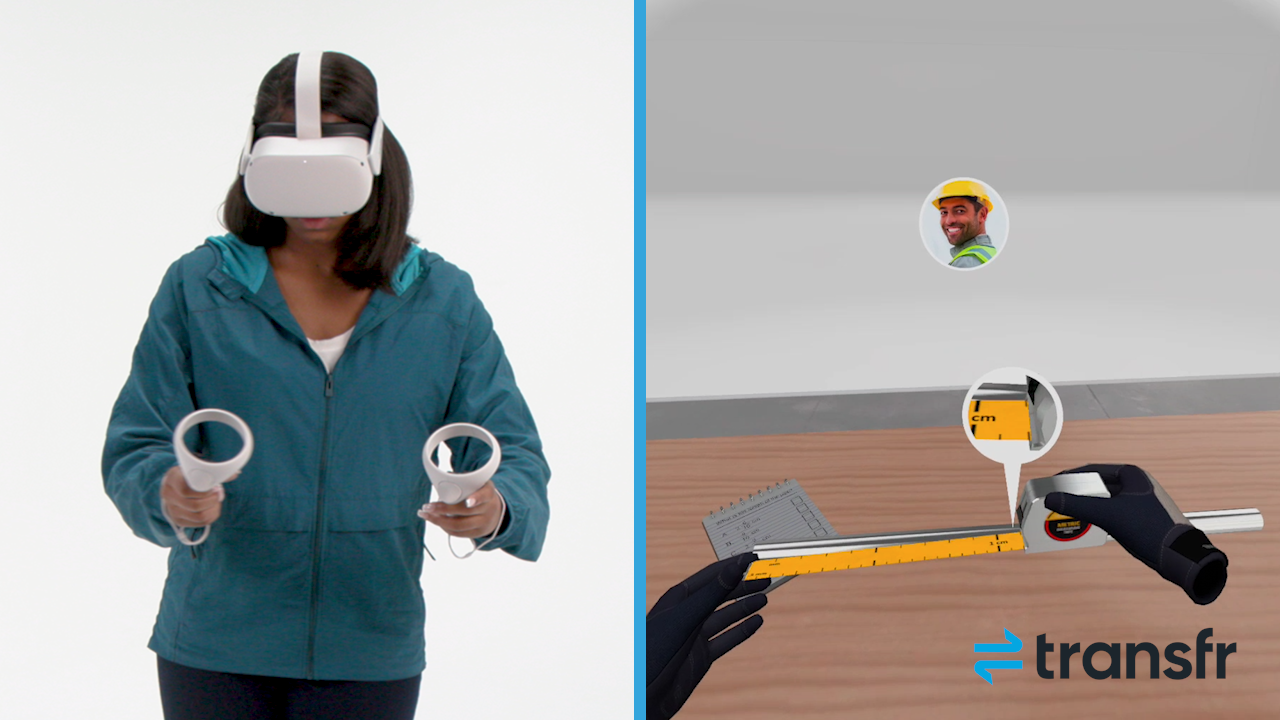Using Virtual Reality for Career Training
The Boys & Girls Clubs of Indiana have had success using virtual reality simulations to teach students about career opportunities.

Virtual reality can help boost CTE programs and teach students about potential careers in fields they may know nothing about, says Lana Taylor from the Indiana Alliance of Boys & Girls Clubs of America.
Traditionally Boys & Girls Clubs in Indiana have offered only limited career education opportunities.
“We'd always kind of done a little bit of career training, but it'd been mostly having a guest speaker come in and talk, or maybe doing a field trip and going somewhere. It really wasn't in-depth skill development,” Taylor says. “What we've tried to do over the past couple of years is to find other resources that can provide kids with that more detailed experience.”
One of those other resources has been a partnership with Transfer VR to provide students access to headsets to participate in career simulations that can give them a tactile sense of what working in certain careers might be like.
Virtual Reality Career Training: An Immersive Experience
Through VR, the Indiana students now have the opportunity to participate in a variety of job-related simulations.
For example, in one simulation students learn about aviation by trying to land a plane. Another has them try to repair an electric wire that is atop a tower high above the ground. “They had to climb up the pole with the power line, if they dropped their tool, they had to figure out how to pick up their tools,” Taylor says.
That simulation, like others, has helped students understand a job that may sound boring on paper, such as repairing power lines, might actually be exciting in reality. “They were so into it,” she says of those participating in the simulation.
Tools and ideas to transform education. Sign up below.
The VR technology also allows for the simulation to be displayed on a big screen, which can build excitement and engagement. “Even if one kid has the headset on, all 20 in that room can watch what he's doing because they'll be able to see it up on the screen, which is really neat because then kids are like, ‘I want to try that!'” she says.
Supporting CTE
“Not all kids are meant to go to college, not all kids want to do it,” Taylor says. “So it’s important to give them some exposure to different careers and workforce paths that maybe they hadn't thought of before.”
Obviously, there are many lucrative and rewarding careers that don’t require a college degree, yet many kids don’t always know much about these opportunities. “So many kids started school and never finished, but have these horrible student loans,” Taylor says.
Students are more focused on doing something that they find fulfilling than ever before, Taylor says. She hopes VR career simulations can help support CTE efforts and shed light on popular careers today, such as those in health care and the culinary world. “The majority of our kids, they want to do something that they love, they don't want to sit and be bored,” she says. “Kids are really engaged in knowing what they want more.”
Educators interested in letting their students experience similar career simulations can reach out to a local Boys & Girls Club to see if they have similar programs.
In Indiana, Taylor says educators can view the virtual reality career simulators in action at a local club meeting. She’s also looking to team up with schools or other organizations. “We always love to partner with our schools and find ways that we can do that and expand more services to more kids,” Taylor says.
Erik Ofgang is a Tech & Learning contributor. A journalist, author and educator, his work has appeared in The New York Times, the Washington Post, the Smithsonian, The Atlantic, and Associated Press. He currently teaches at Western Connecticut State University’s MFA program. While a staff writer at Connecticut Magazine he won a Society of Professional Journalism Award for his education reporting. He is interested in how humans learn and how technology can make that more effective.

